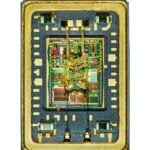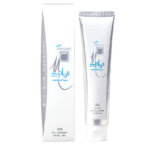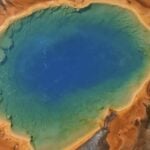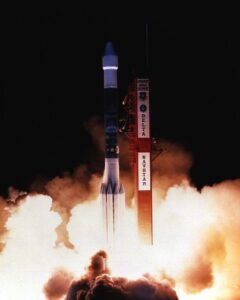Global Positioning System (GPS)
Inducted In: 1998, Consumer, Home, Recreation
The Global Positioning System (GPS) program began in 1973 when the U.S. military services and the Defense Mapping Agency combined resources to develop a highly accurate space-based navigation system. Functions not originally envisioned, such as communications system synchronization, search and rescue, precision approaches and landings, and GPS-assisted munitions, have come into common usage within the military community. GPS is managed by the NAVSTAR GPS Joint Program Office at the Space and Missile Systems Center near Los Angeles.
This multinational organization develops, acquires, and sustains the 24-satellite constellation, a worldwide satellite control network, and more than 120,000 receiver systems that provide positioning data and other services to users worldwide. As a dual use (military and civil) space-based radio navigational signal jointly controlled by the Department of Defense and Department of Transportation, Headquarters Air Force Space Command champions GPS requirements from concept to capability to meet validated and approved civil and military needs. This includes maintaining the Standard Positioning System (civil signal) and the Precise Positioning System (military and authorized signal) on a continuous, worldwide basis.
Ever-growing commercial applications increasingly impact everyone as this technology continues to mature. These ever-expanding uses include applications in land, sea and air transportation; surveying and geodesy; mapping, charting, and geographic information systems; geophysical applications; meteorological applications; agriculture; scientific research; and recreational uses.
Related Technologies

GyroChip® – Quartz Rate Sensor
Inducted In: Computer Technology, Consumer, Transportation
[embed]https://vimeo.com/1083588443/4567ee1646[/embed] The GyroChip is the commercialized variety of a Quartz Rate Sensor developed by BEI Technologies. The sensing device is a small vibrating quartz gyroscope used as an inertial measurement sensor. Measurements of rotational spin rate and orientation are the…

Hydroxyapatite Remineralizing Toothpaste
Inducted In: Consumer, Health, Medicine
Hydroxyapatite remineralizing toothpaste is a product line from Sangi Co. Ltd – a Japanese based company that specializes in dental care products. Their products contain synthesized hydroxyapatite – a calcium phosphate compound found in bones in teeth. In 1980 the…

Nature’s Fynd and Liquid-Air Interface Fermentation
Inducted In: Consumer
Nature’s Fynd is a food company currently producing commercial meat and dairy substitute products. The protein-rich food is produced from a microbe originally discovered in geothermal springs in Yellowstone National Park. Researcher Dr. Mark Kozubal discovered this fungal microbe…

